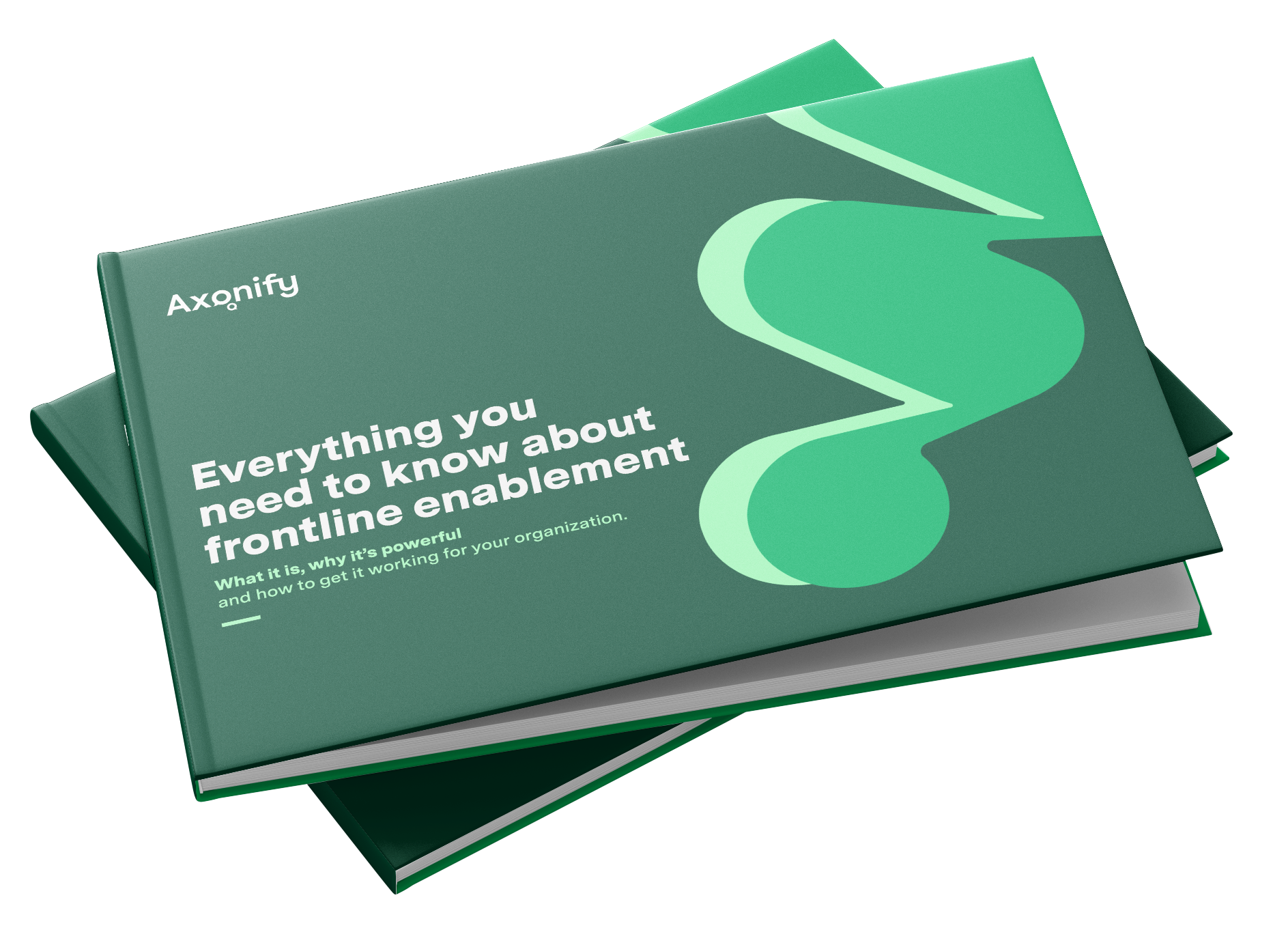The frontline enablement imperative
Turnover. Health and safety. Burnout. Performance. Productivity. Enablement has a key role to play in addressing each of these factors impacting the frontline workforce. That’s why we’re diving deep with this guide to frontline enablement: what it is, why it matters and what’s at stake if you ignore it. After all, investing in your frontline is no longer a nice-to-have: it’s a business imperative. And by investing in frontline enablement, you can make the most impact.

